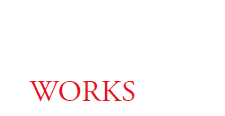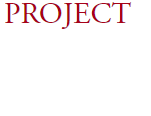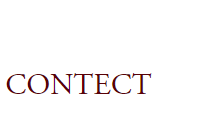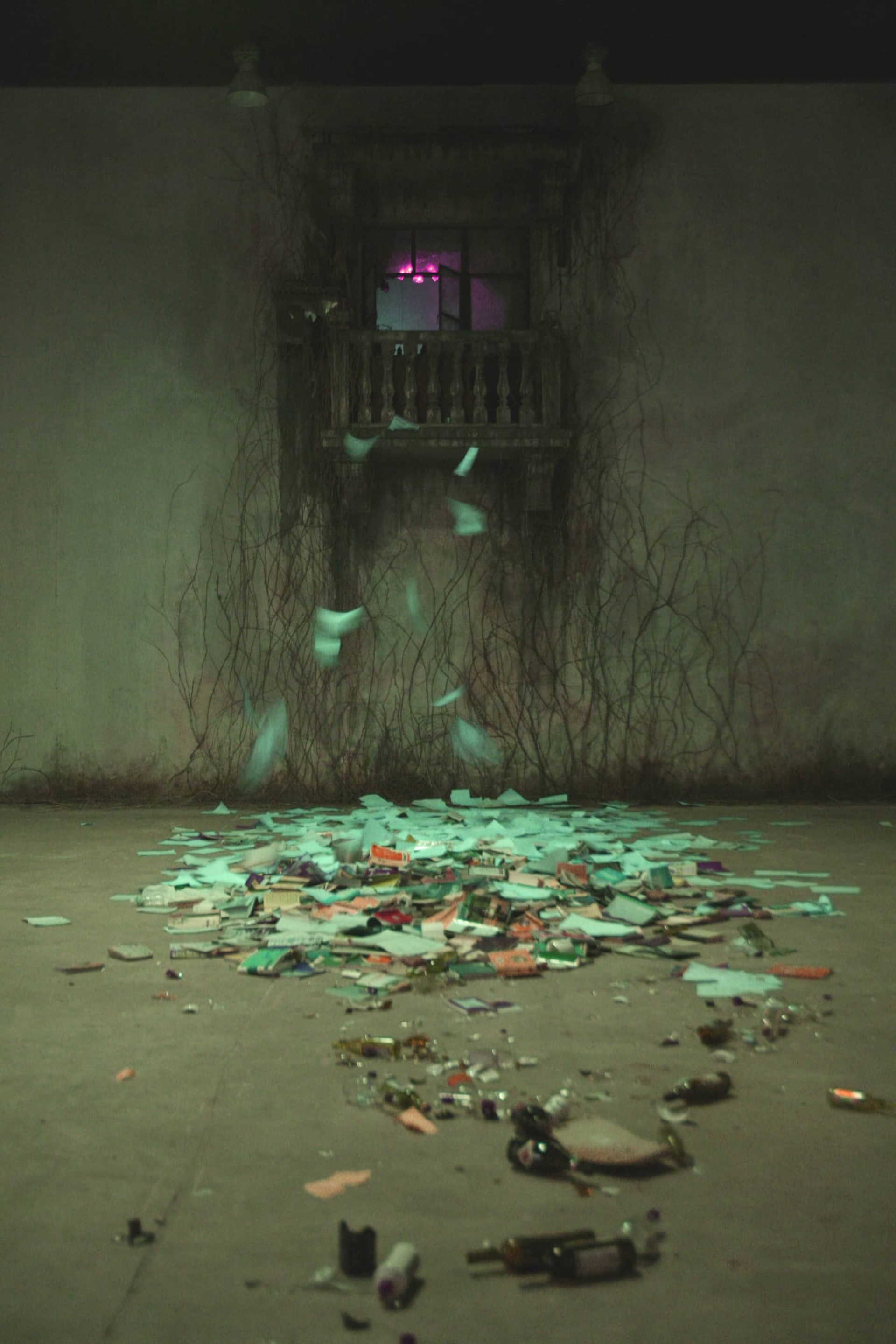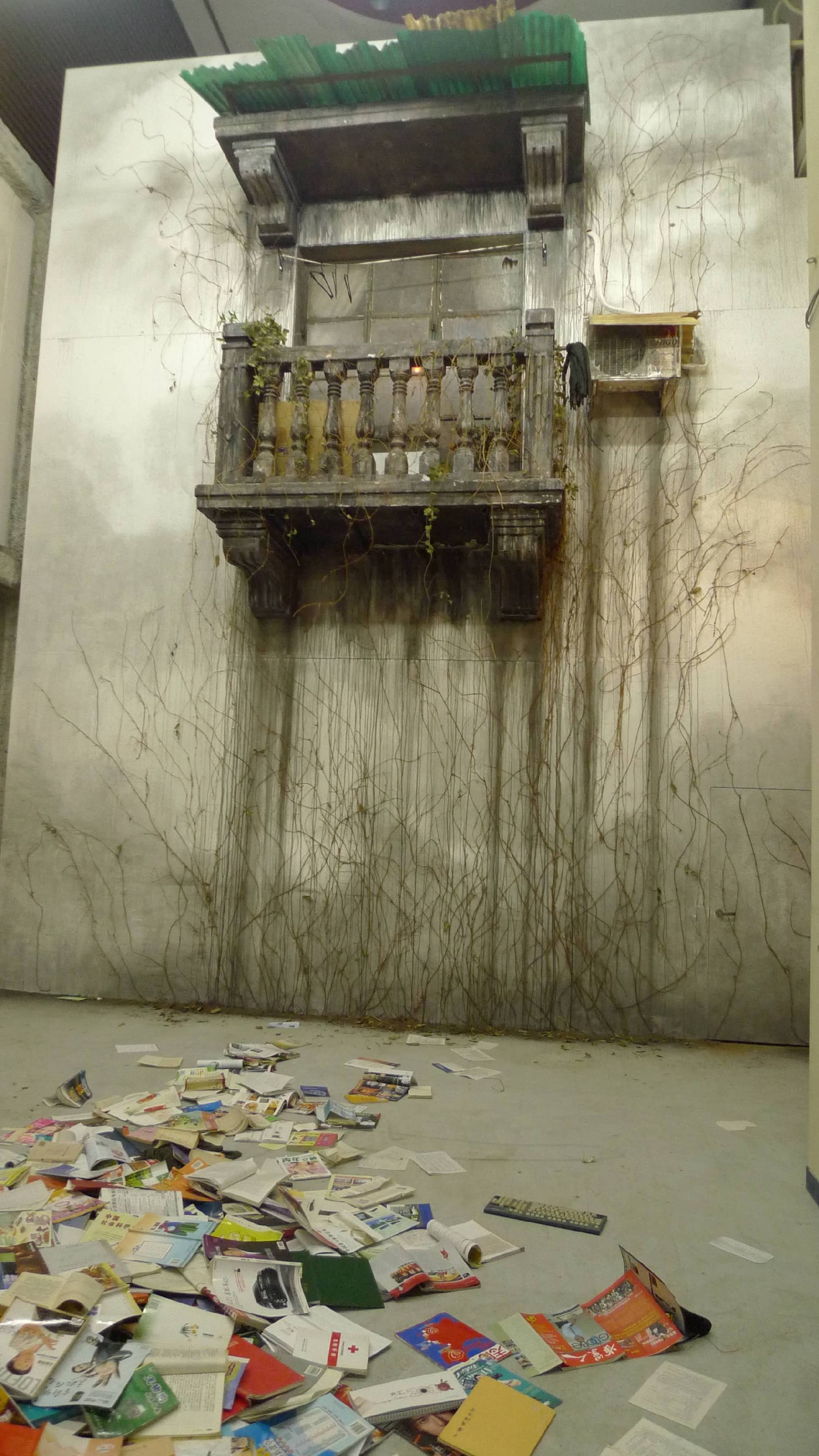Occasional Awakening
Occasional Awakening
一时清醒
2008
机械装置
Inside Dimension:60㎡ (Machinery Device)
外部尺寸:189×250cm
内部尺寸:60㎡ ( 机械装置空间)
2008《Shooting》, Han Ji Yun Contemporary Space, Beijing, China
2010《Aichi Triennial 2010 - Arts and Cities》, Osaka, Japan
2013《?Le Coup du Fant?me? 》,Lille3000,Lille, France
2008《刺客之家》,韩之演当代艺术空间,北京,中国
2010《名古屋三年展—都市的祭典》,名古屋,日本
2013《无影脚》,里尔3000,里尔,法国
Occasional Awakeness
— Excerpt from "Form Expression To Conception"
Han Jiyun
…
Sun Yuan & Peng Yu have always emphasized the presentation of materials, environments and states of being, so that the expression of form in their works often surpasses symbolic concepts and spiritual> connotations. However, the installations Occasional Awakening(2008) and Freedom(2009) violate this kind of mode by completely liberating the concept from the bondage of form, thus manifesting the artists' philosophical thinking about form in the context of contemporary art. In this respect, the "balcony" in Occasional Awakening can be seen as a turning point. The artwork employs an abstract visual image as a concept that supersedes both formal symbolism and the pure sensory elements of the work. The balcony is almost shadowed in darkness, creating an aesthetic effect and tension that is similar to that of a theatrical stage. The artists intentionally created a dim atmosphere to cultivate an intimate ambience similar to that of the literary subjects in the work. "In what state should I live in the world?" is the key theme stressed repeatedly by Sun Yuan & Peng Yu in this artwork. This question resonates with urbanites who shuttle through the "iron and steel forest" of cities every day. After re-interpreting their own experiences of living, the artists present a kind of visual springhead that transcends social limitations and resonates widely. They did not fully tap into the concept of the artwork, however—as we watch, the window on balcony suddenly opens and familiar objects such as food, books and beer bottles are thrown out from inside the window. We've all had the experience of throwing things from a balcony or window; those actions are usually done without thought or contemplation. This work shows the artists' comprehension of the special relations between unconscious actions, momentary creative passions, and the philosophical ponderings that occur in daily life. Such relations are expressed in the behavior of "throwing things." The artists found new inspirations and creative concepts, and such inspiration from the unconscious has allowed the artists to divorce themselves from the restraints of social ideology and conventional living conditions in order to create new modes of art practice. In other words, the artists, while slowly engaging the rational aspects of philosophy, calmly launch new explorations and ponder the journey of life. It is interesting to note that the objects thrown out the window are controlled by the mechanisms of the installation. Objects were thrown mechanically at intervals of several minutes. In this way, by means of invisible mechanical installations, the artists show spectators an "invisible hand," like that of Adam Smith (1723-1790) in the Wealth of Nations. In this classic work of economic theory, Smith uses the metaphor of an "invisible hand" to describe the workings of the capitalist market. In the context of postmodern consumerist society, the mechanical installations behind the balcony are endowed with significant power and became the visual expression of what Guy Debord called the omnipotent "spectacle." Indeed, "in modern society, replete with its modern means of production, life itself is a high collection of many scenes, and all existing substances are converted into an idea." Spectators do not understand the "spectacle" (mechanical installations) that controls everything behind the scenes. In fact, Sun Yuan & Peng Yu first took a mechanical installation to the Venice Biennale in 2005, and exhibited the work as Farmer Du Wenda's UFO. The artists invited Du Wenda, a designer from Anhui province, to make a flying saucer, transported the product to an exhibition hall and carried out test flights. Although the artists have shifted away from this type of work, their interest in the creativity and invention of mechanical processes persists. In this respect the artists' wide-ranging explorations in the technical field are reminiscent of similar art practices in the age of Leonardo da Vinci. Leonardo da Vinci and Michelangelo were not only great artists of the Renaissance; they were also scientists, architects and inventors. In particular, Leonardo da Vinci, the great and talented artist, scientist, technical expert and thinker, made many significant contributions to humanity, including perfecting the theory of the Golden Ratio, and made important contributions to the theory of perspective and natural science, as well as scientific research in mathematics, physics, astronomy, botany, anatomy, geography construction, mechanics, and of course, medical development through his human anatomy chart. However, what is different now is that art has entered a stage marked by synthesis. Artists not only study problems in art, but also express their knowledge of technology and science through art. As in Occasional Awakening, we may not be able to see the process of the artists studying various disciplines or the large, complex mechanica l insta llation behind the balcony. We only can see the phenomena presented to us, like objects thrown off a balcony every once in a while.
一时清醒
——节选自“从形式表述到观念”
韩之演
……
孙原和彭禹始终强调材料、环境、状态等表象性的外延,因 而在作品中形式的表述常常超越其象征性观念和精神内涵。 然而,完成于2008 年底的装置作品一时清醒和2009 年的 自由却推翻了这种模式,彻底将观念从形式的束缚中解放出 来,并成功将艺术家的哲理性思考融入其现代艺术的形式之 中。因此,在这个层面上,一时清醒中的“阳台”应当被视为 一个转折点。在视觉图像上,“阳台”显得尤为内敛而隐晦, 甚至趋于抽象,深层次的观念逾越了先前的象征性和纯粹的 感官性。虽然几乎湮没于黑暗中的“阳台”在表面上营造出一 种接近于戏剧舞台的美感和张力,但艺术家故意用此种幽暗 的氛围来突显一种近似文学主题的“情”的表达似乎更为强烈。 “我究竟以何种状态在这个世界上生存?”才是孙原和彭禹在 一时清醒中反复强调的关键性语汇。这与大多数每日在城市 的钢铁丛林中穿梭的现代人的心情不谋而合。他们试图在对 各自的人生经验进行再度诠释之后,呈现出一种能够逾越社 会界限、引起普遍共鸣的视觉泉源。然而,作品的观念挖掘 并不仅限于此。在观看过程中,阳台上的窗户突然打开,从里 面扔出我们熟悉的食物、书本、啤酒瓶等物品。我们每个人> 都曾有过从阳台或窗户向外扔东西的经验,这些行为是人类无 意识的本能使然。然而艺术家却突然领悟到,人类无意识的 行动和自己瞬间的创作热情以及在日常生活中迸发的哲理性 思考间的特殊关系,并藉由“扔东西”这一行为方式进行表述。 这种无意识状态下灵感的闪回,使艺术家瞬间脱离特定社会 意识形态和生活模式的束缚,在持续的自我否定过程中,创 造出新的艺术形式。可以说,艺术家一边缓缓地在哲学的理 性领域中穿行,一边又平静地展开对人生旅程的新的探究和 思索。
有意思的是,那些现场被扔到窗外的物品,完全是按照孙原 和彭禹所设定的机械装置,以几分钟的时间间隔,机械性地 向外抛掷。在这里,艺术家以这一观众看不见的机械装置暗 示亚当· 斯密在国富论中提出的“无形之手”——在商品社会 中,好像有一只“看不见的手”在指导和操控整个经济过程。 然而,置于后现代消费社会的背景之中,阳台背后的机械装置 却被赋予了更多的权力,成为居伊· 德波所谓的无所不能的“景 观”的形象表述。的确,“在现代生产条件无所不在的社会中, 生活本身展示为许多景观的高度聚积。直接存在的一切全都 转化为一个表象。”然而观众却对于在背后控制一切的“景观” (机械装置)一无所知。实际早在2005 年的威尼斯双年展 上,孙原和彭禹便把机械装置带到了展览的现场。参展的作 品名叫农民杜文达的飞碟,艺术家邀请安徽乡镇设计师杜文 达把他自己设计的土产碟形飞行器运到中国馆展览并进行试 飞。虽然之后并没有将此类作品延续下去,然而对于创作和 发明的兴趣却从未中断。从这个层面上来讲,艺术家对于技 术领域的广泛探索似乎是重新回归了达· 芬奇时代的精神领域 之中。
在文艺复兴时期,最具代表性的艺术家就是列奥纳多· 达· 芬 奇、米开朗基罗等,他们不仅是艺术家,也是伟大的科学家、 建筑学家和发明家。尤其是列奥纳多· 达· 芬奇是一位代表文 艺复兴的天才级美术家、科学家、技术专家和思想家,他为 人类做出很多贡献,主要包括:对黄金比例理论的完善;实 现透视法理论与自然界的科学结合;在数学、物理、天文、 植物、解剖、地理、土木、机械等领域的科学研究;人体解 剖图对医学发展的重大影响等等。然而不同的是,时至今日, 当代艺术已经发展到一个综合体的阶段。艺术家不再只是研 究艺术的问题,而是将技术,科学,试验等多方面的知识综 合起来,并用艺术品的方式表现出来。就如一时清醒一样, 也许我们看不到他们在各种学科间钻研的那种艰辛的过程, 我们也看不到阳台背后那个复杂而又庞大的机械装置,我们所 能够看到的只是外面呈现的每隔一段时间,便向阳台外抛出 物体的这种现象。 ……







